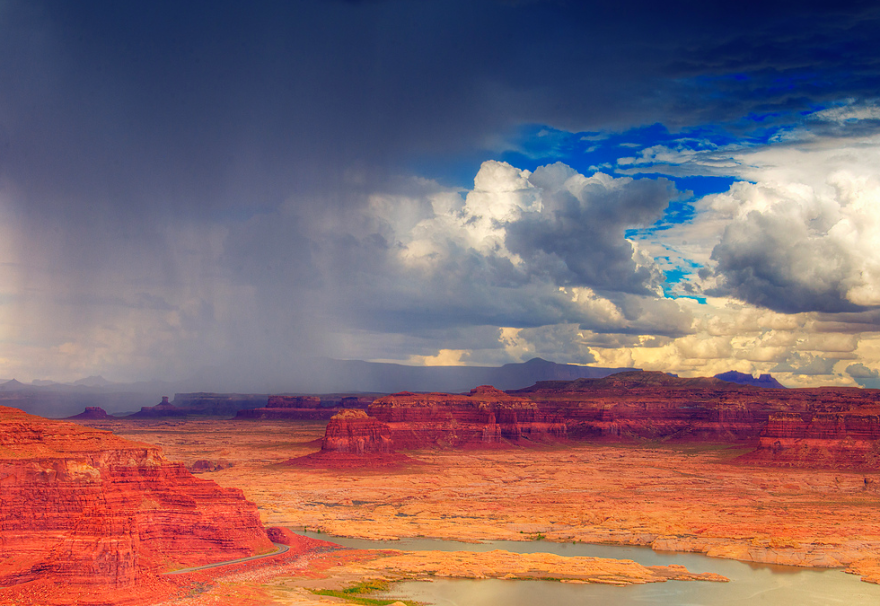The runoff will start tapering to an end soon in northern Utah after near normal flows. But southern parts of the state are still starved for moisture.
Brian McInerney, a hydrologist with the National Weather Service in Salt Lake City, says many of the reservoirs in northern Utah are doing alright even though it’s been a pretty dry spring. Meanwhile, big storms have been drenching Colorado and making the Green and Colorado Rivers roar.
“The flows have been above normal,” McInerney says. “They’ve had snowpacks that have been 150 to 200 percent of normal in the high mountains of Colorado. And, as a result, the Colorado River itself is flowing much above normal, and we’re filling Lake Powell at a rate of about a foot a day. And that’s going to slow as the snow runs out, but it was much needed in Lake Powell.”
Southern Utah communities can only hope. McInerney says many of them haven’t seen a significant storm since early December.
In St. George, there was barely any runoff. The same was true for San Juan County in southern Utah. The roaring Colorado River forms its western boundary. But none of that water is available to the farms and ranches in that desert county.
Norm Johnson, manager of the county’s Water Conservancy District, says the skies have starved the Abajo Mountains for two years, and that means ranches in the area are already parched.
“The two reservoirs, Lloyds Lake and Recapture, are at or below the conservation level. That means there is zero allocation for agricultural purposes out of either one of those reservoirs.”
Lake Powell is less than half full -- and lower than last year. And the Virgin River has been drier only a small fraction of the years since records have been kept.






